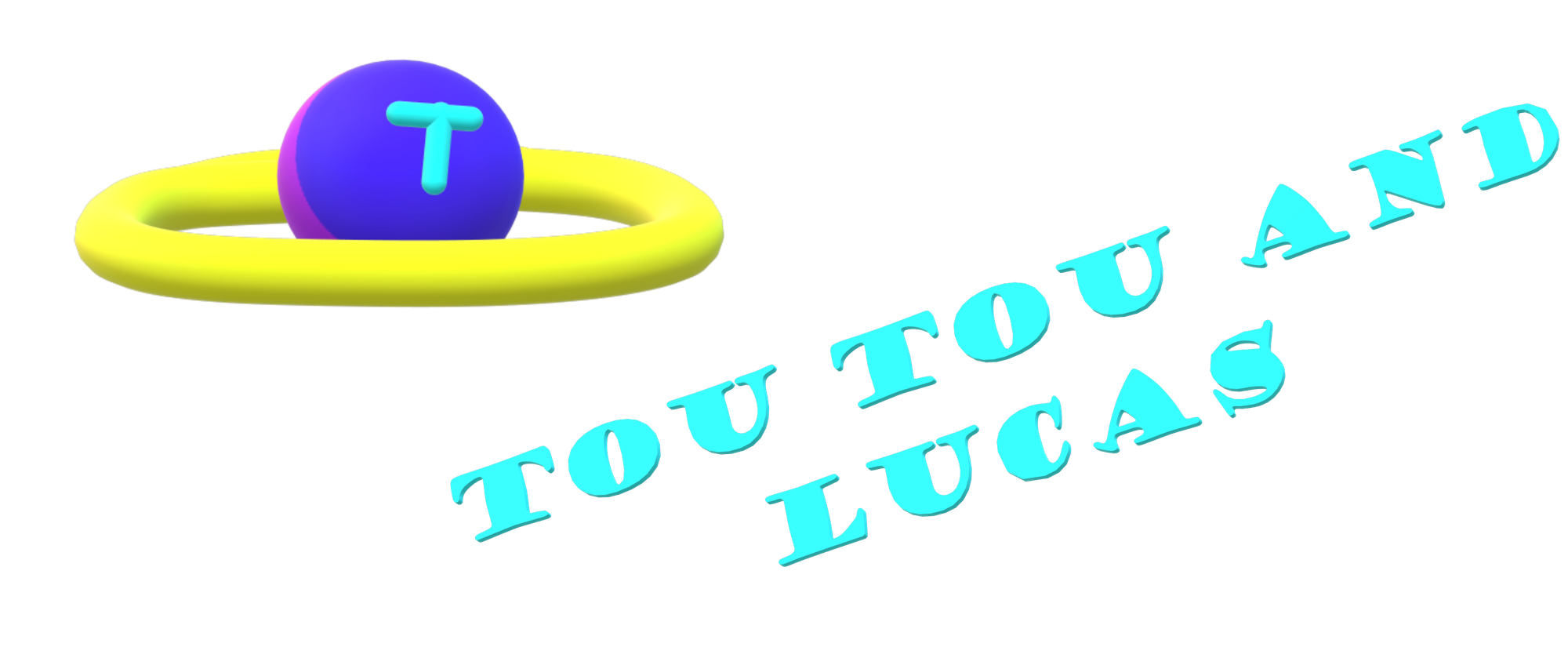Outer Space Explorer
Mars
Red Planet


Mars
About Mars
Mars is the fourth planet from the Sun and the second smallest in the Solar System.
Mars has a thin atmosphere, mostly made of carbon dioxide, that causes huge temperature variations and dust storms. Mars has many striking surface features, such as the largest volcano (Olympus Mons) and the deepest canyon (Valles Marineris) in the Solar System. Mars was once warmer and wetter, with evidence of ancient rivers, lakes, and possibly oceans. Scientists are searching for signs of past or present life on Mars. Mars is a popular destination for robotic exploration, with several orbiters, landers, and rovers from different countries studying the planet. The UAE's Hope mission is the latest to join the Martian fleet.
Mercury
Closest to the Sun, Smallest on the Solar System

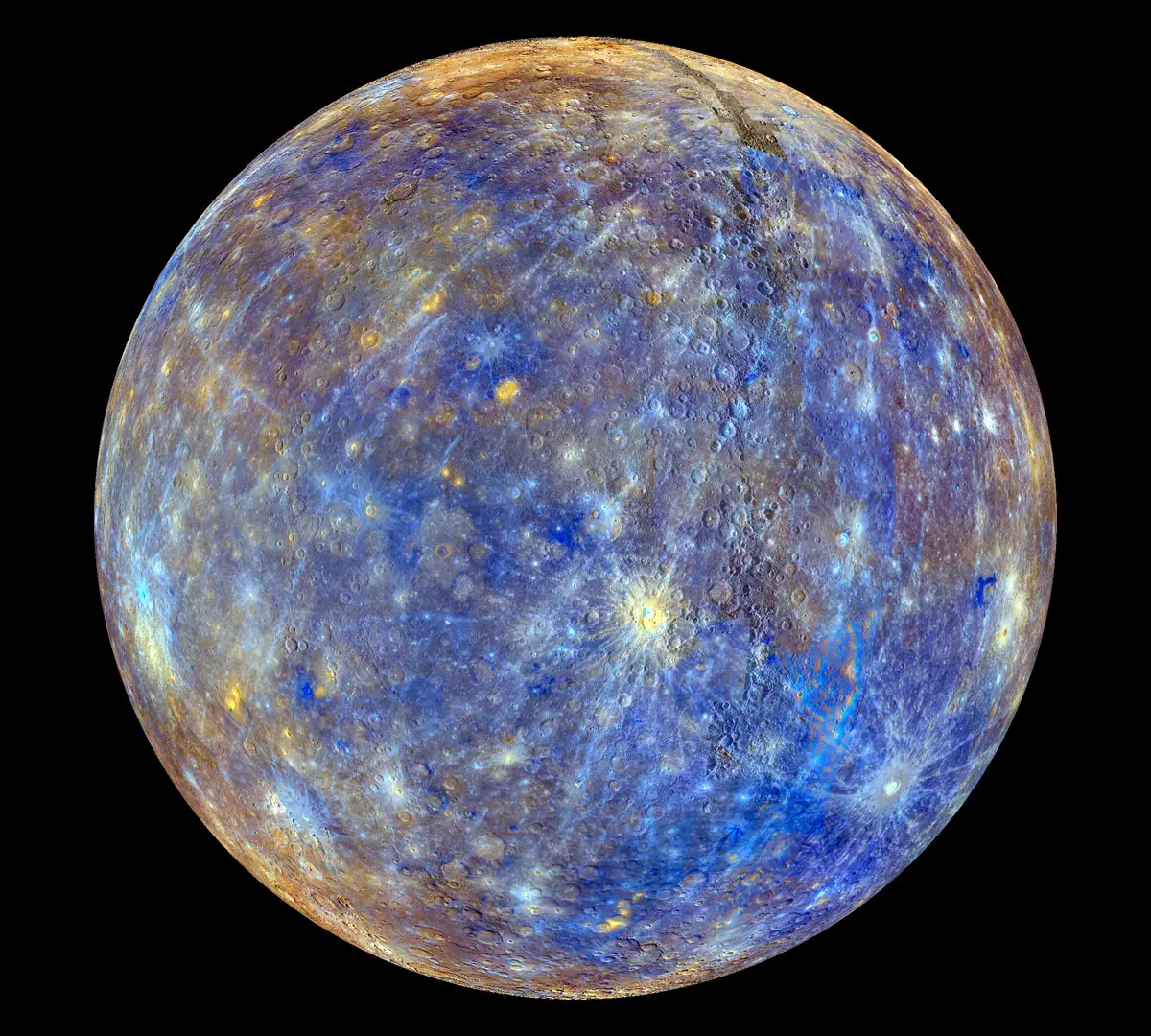

Mercury
About Mercury
Hey, look! This is the Moon! No, just kidding. it's not the moon. It's Mercury! The smallest in the solar system and closest to the Sun!
Here you can see that Mercury is a light grey color. This is Mercury's northern horizon as seen by the MESSENGER spacecraft during its third flyby. The big, star-shaped crater towards the bottom of the globe is named Debussy. This picture of Mercury has colors added so you can better see the surface differences and craters.
Saturn
The Gas Giant
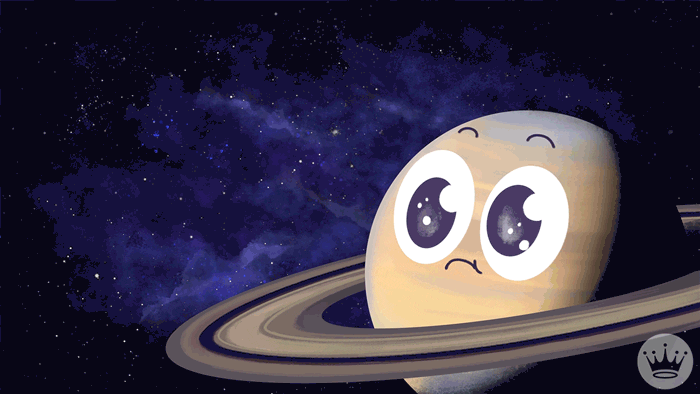

Saturn
About Saturn
Saturn is the sixth planet from the Sun and the second-largest in the Solar System, after Jupiter. It is a gas giant with an average radius of about nine and a half times that of Earth. It has only one-eighth the average density of Earth, but is over 95 times more massive.
Saturn's interior is thought to be composed of a rocky core, surrounded by a deep layer of metallic hydrogen, an intermediate layer of liquid hydrogen and liquid helium, and finally, a gaseous outer layer. Saturn has a pale yellow hue due to ammonia crystals in its upper atmosphere. An electrical current within the metallic hydrogen layer is thought to give rise to Saturn's planetary magnetic field, which is weaker than Earth's, but which has a magnetic moment 580 times that of Earth due to Saturn's larger size. Saturn's magnetic field strength is around one-twentieth of Jupiter's.[30] The outer atmosphere is generally bland and lacking in contrast, although long-lived features can appear. Wind speeds on Saturn can reach 1,800 kilometres per hour (1,100 miles per hour).
The planet has a prominent ring system, which is composed mainly of ice particles, with a smaller amount of rocky debris and dust. At least 146 moons are known to orbit the planet, of which 63 are officially named; this does not include the hundreds of moonlets in its rings. Titan, Saturn's largest moon and the second largest in the Solar System, is larger (while less massive) than the planet Mercury and is the only moon in the Solar System to have a substantial atmosphere.[32]
Jupiter
The Gas Giant


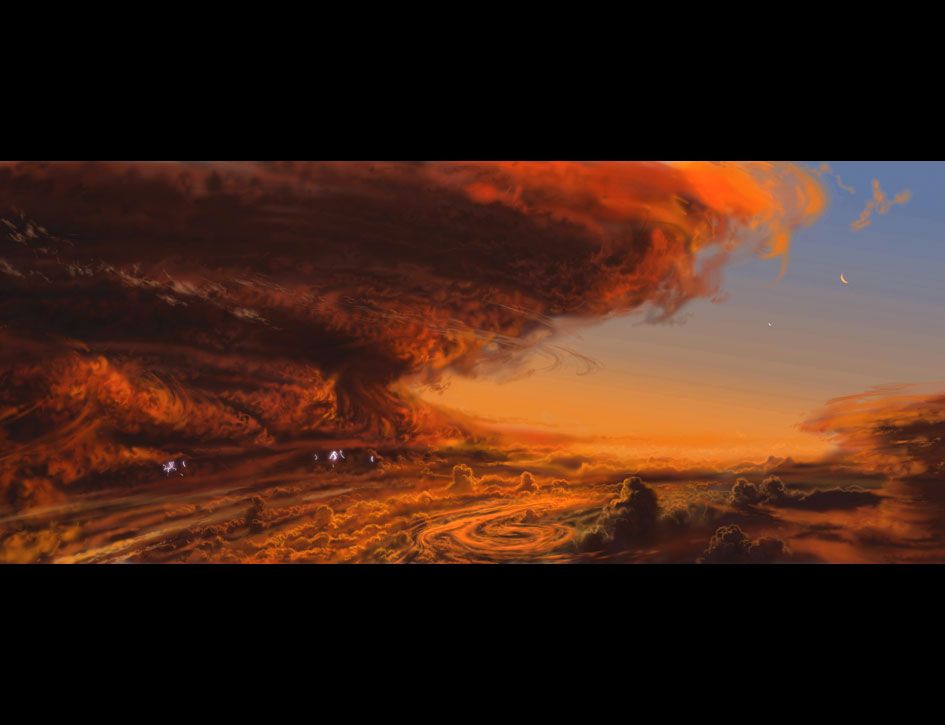
Jupiter
About Jupiter
Jupiter is the fifth planet from the Sun and the largest in the solar system. It has a thick atmosphere of mostly hydrogen and helium, with colorful clouds and storms, including the Great Red Spot. It has a powerful magnetosphere that produces intense auroras and radio emissions, and a faint ring system composed of dust and debris. It has 92 known moons, four of which are Galilean moons: Io, Europa, Ganymede, and Callisto, each with unique features and potential for life. It takes about 12 Earth years to orbit the Sun, and rotates once every 10 hours, making it the fastest spinning planet.
It is named after the Roman god of thunder and sky, and is often called the King of the Planets for its size and influence.
Uranus
The Ice Giant



Uranus
About Uranus
Uranus is the seventh planet from the Sun. It is named after Greek sky deity Uranus (Caelus), who in Greek mythology is the father of Cronus (Saturn), a grandfather of Zeus (Jupiter) and great-grandfather of Ares (Mars). Uranus has the third-largest planetary radius and fourth-largest planetary mass in the Solar System.
Planet Reports from Students
Neptune by Kimberlyn
My planet is Neptune. It is the 8th planet from the sun. It has 14 moons and 5 rings. The color is dark blue. The surface is covered with gases. The temperature is -373 degrees. The size of Neptune is 30,775 miles in diameter. This is bigger than Earth. Neptune is an interesting planet.
Facts About Neptune:
- Neptune has a thick atmosphere with clouds that create the dark blue color.
- Neptune is mostly made of Earth’s solar system.
Neptune
The Ice Giant

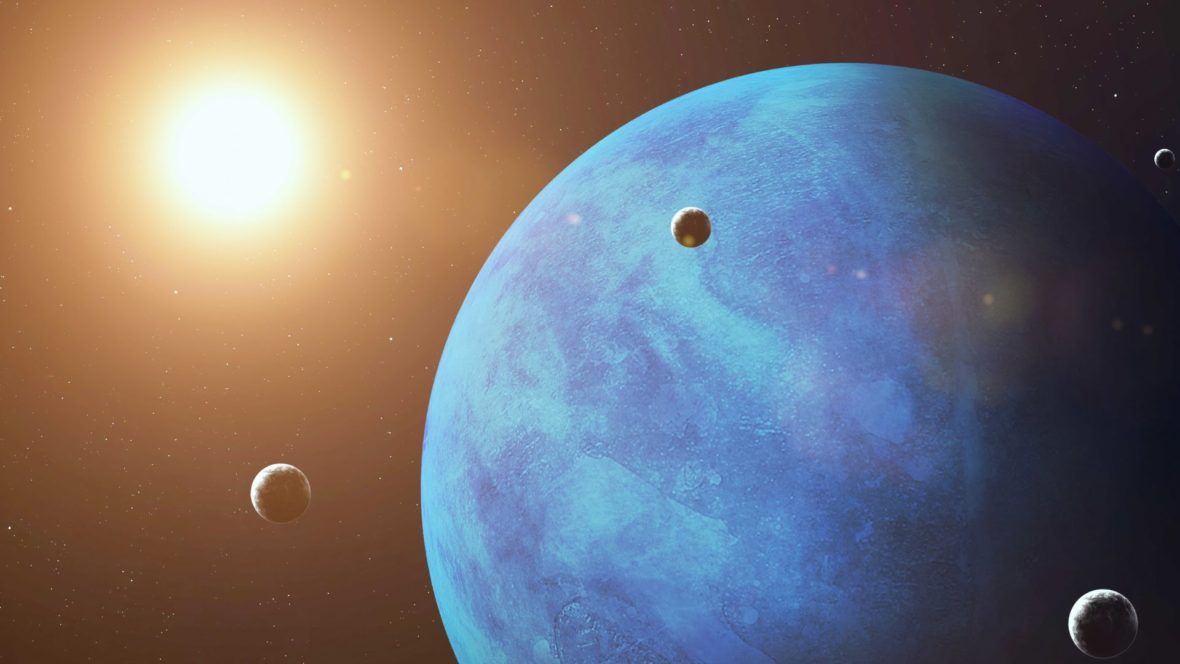
Neptune
About Neptune
Dark, cold and whipped by supersonic winds, giant Neptune is the eighth and most distant major planet orbiting our Sun. More than 30 times as far from the Sun as Earth, Neptune is not visible to the naked eye. In 2011, Neptune completed its first 165-year orbit since its discovery.
Venus
Hottest Planet in Solar System

Venus
About Venus
Article from Wikipedia
Venus is the second planet from the Sun. It is a terrestrial planet and is the closest in mass and size to its orbital neighbour Earth. Venus is notable for having the densest atmosphere of the terrestrial planets, composed mostly of carbon dioxide with a thick, global sulfuric acid cloud cover. At the surface it has a mean temperature of 737 K (464 °C; 867 °F) and a pressure of 92 times that of Earth's at sea level. These extreme conditions compress carbon dioxide into a supercritical state close to Venus's surface.
Internally, Venus has a core, mantle, and crust. Venus lacks an internal dynamo, and its weak induced magnetosphere is caused by atmospheric interactions with the solar wind. Internal heat escapes through active volcanism, resulting in resurfacing instead of plate tectonics. Venus is one of two planets in the Solar System that have no moons.[20] Conditions perhaps favourable for life on Venus have been identified at its cloud layers. Venus may have had liquid surface water early in its history with a habitable environment,[21][22] before a runaway greenhouse effect evaporated any water and turned Venus into its present state.[23][24][25]
The rotation of Venus has been slowed and turned against its orbital direction (retrograde) by the currents and drag of its atmosphere. It takes 224.7 Earth days for Venus to complete an orbit around the Sun, and a Venusian solar year is just under two Venusian days long. The orbits of Venus and Earth are the closest between any two Solar System planets, approaching each other in synodic periods of 1.6 years. Venus and Earth have the lowest difference in gravitational potential of any pair of Solar System planets. This allows Venus to be the most accessible destination and a useful gravity assist waypoint for interplanetary flights from Earth.
Historically, Venus has been a common and important object for humans, in both their cultures and astronomy. Orbiting inferiorly (inside of Earth's orbit), it always appears close to the Sun in Earth's sky, as either a "morning star" or an "evening star". While this is also true for Mercury, Venus appears more prominent, since it is the third brightest object in Earth's sky after the Moon and the Sun.[26][27] In 1961, Venus became the target of the first interplanetary flight, Venera 1, followed by many essential interplanetary firsts, such as the first soft landing on another planet by Venera 7 in 1970. These probes demonstrated the extreme surface conditions, an insight that has informed predictions about global warming on Earth.[28][29] This finding ended the theories and then popular science fiction about Venus being a habitable or inhabited planet.
Earth
The Only Planet With Life (Locations on this planet are on 'Location Explorer')
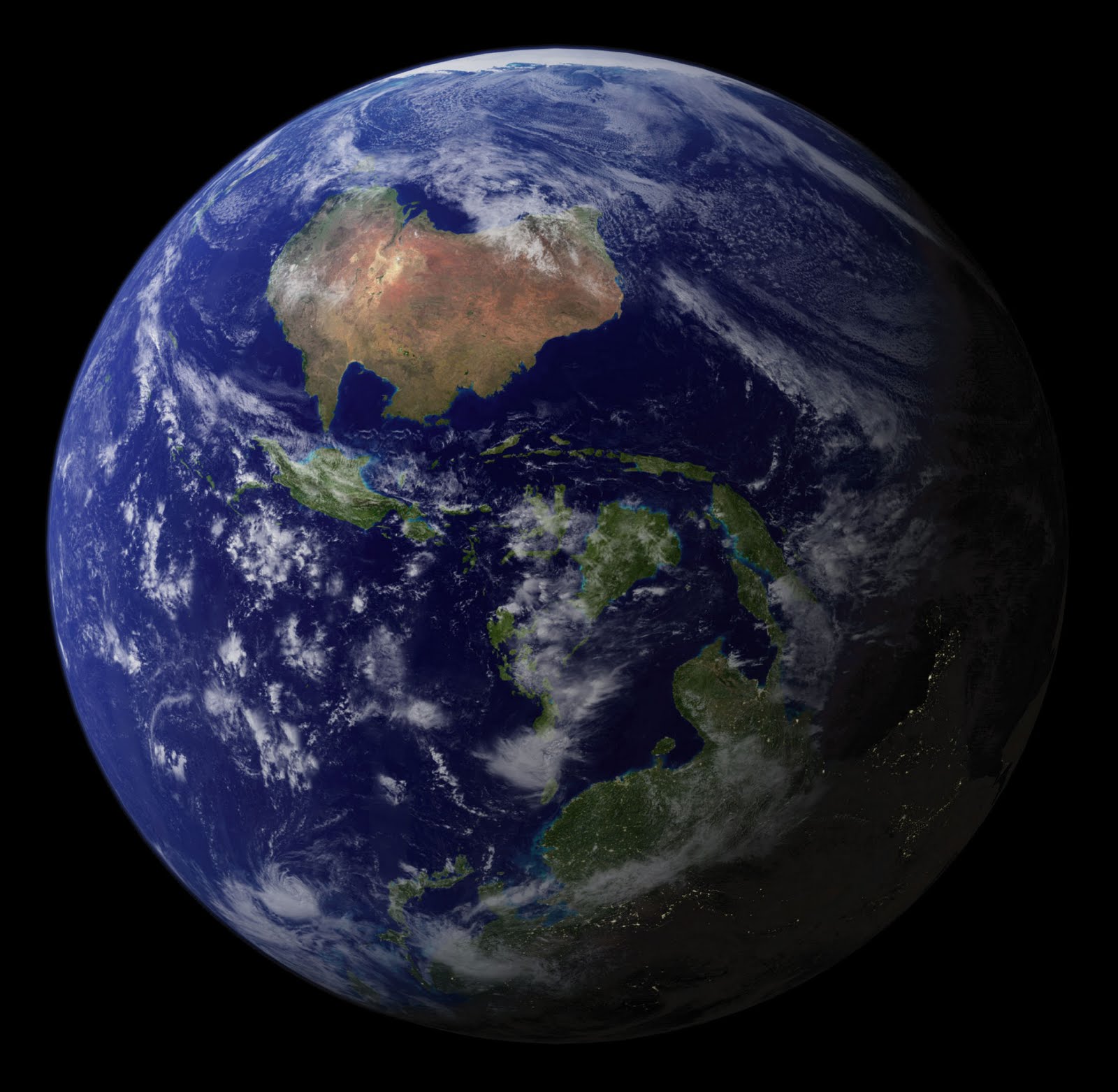

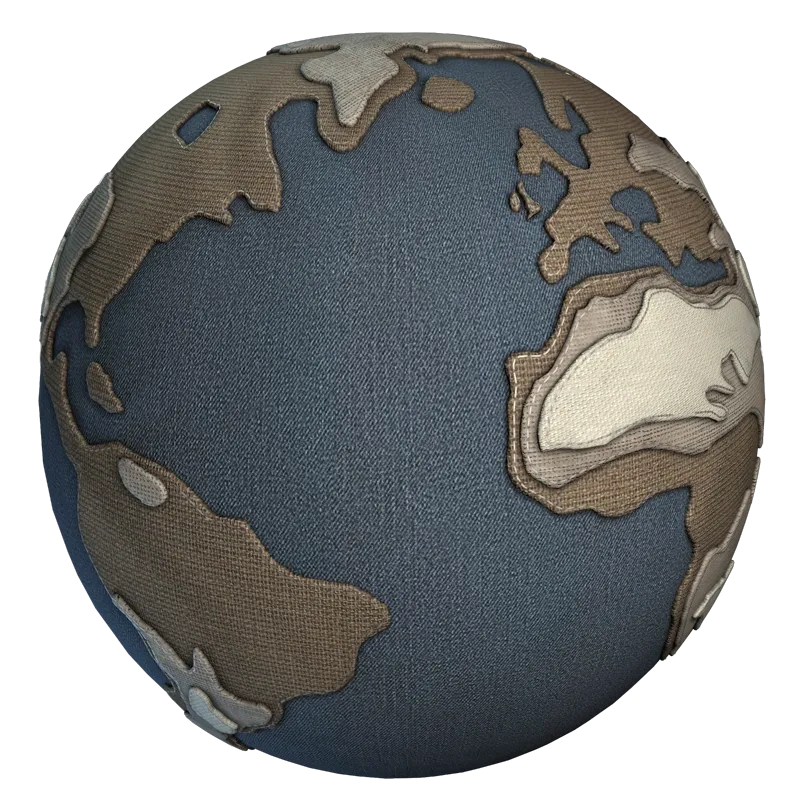

Earth
About Earth
Earth is the 3rd planet from the Sun, and it has one Moon. It is the only planet in our Solar System which is suitable for sustaining life. The composition of the Earth's surface is 70% water and only 30% land. Water bodies such as oceans, rivers, lakes, glaciers and seas make up 70% of the water content on Earth.
Moon
Our Moon: Earth's Moon




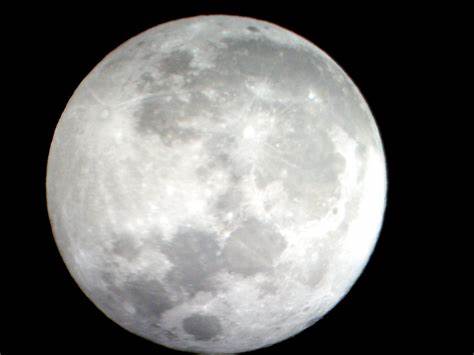
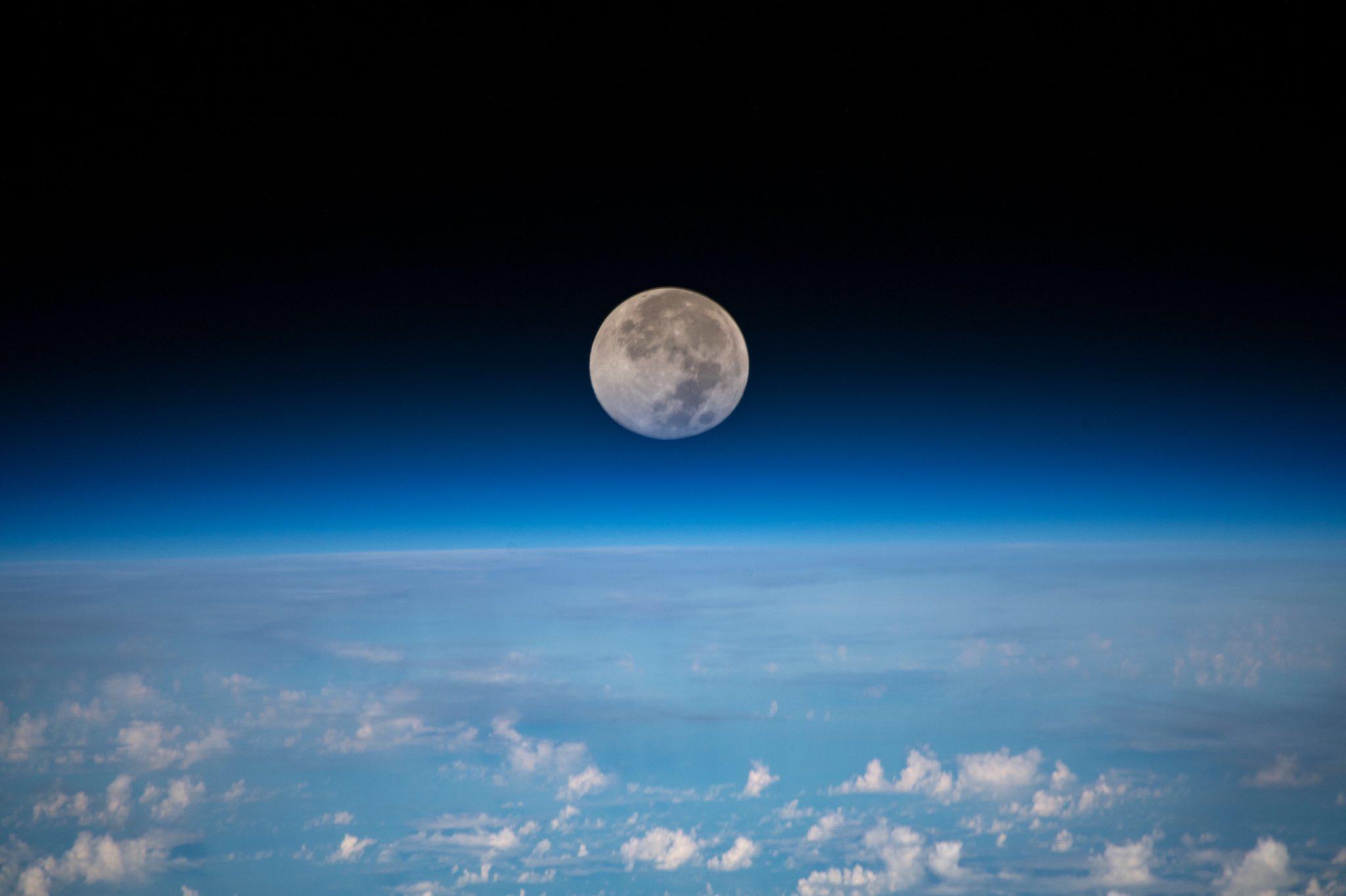
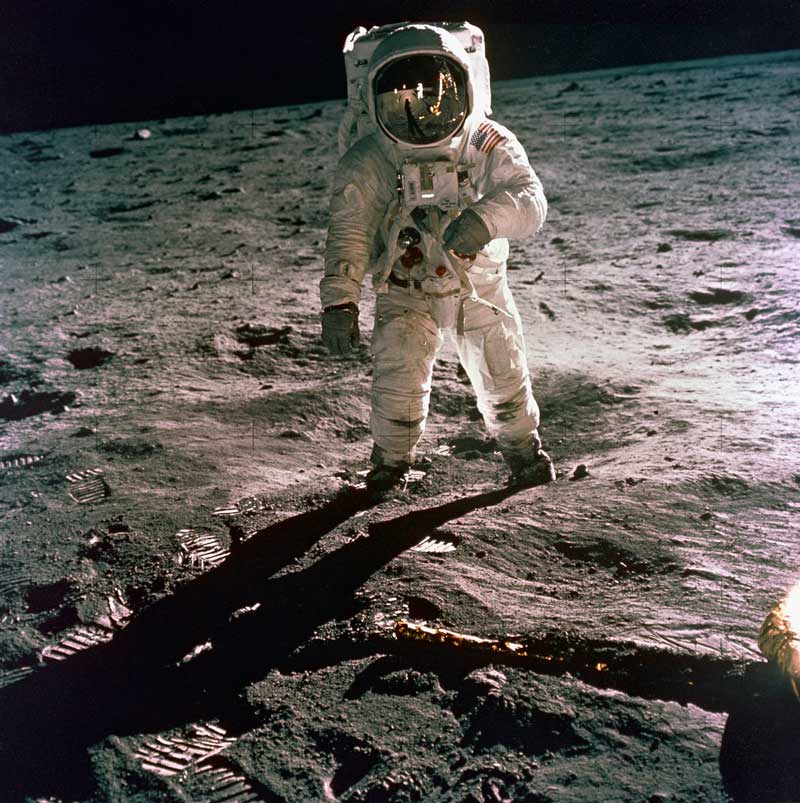

Moon
About Moon
The Moon is Earth's only natural satellite. It goes around the Earth at a distance of about 239,000 miles (385,000 kilometers). The Earth and Moon are tidally locked. Their rotations are so in sync we only see one side of the Moon.
This page is made full of photos and descriptions about space. We searched them from Google, saved them to our computer, and then we uploaded it to this page.
